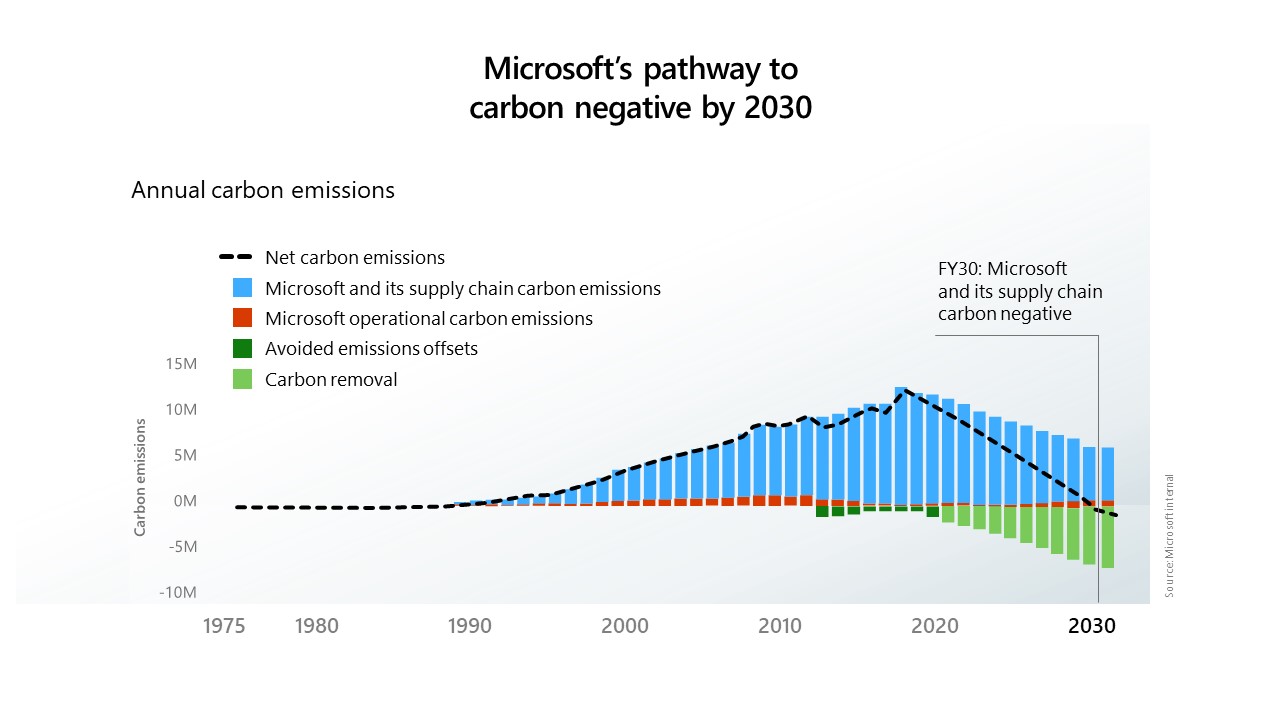Legacy systems are becoming obsolete, prompting businesses to modernize their applications. In 2024, IT outsourcing services will focus on app modernization, helping clients transition from outdated architectures to scalable, cloud-native solutions. This shift will involve re-engineering applications, adopting microservices, and optimizing user experiences to stay competitive in rapidly evolving markets.
The New York Times, a renowned media company, grappled with legacy systems and outdated infrastructure, hindering its ability to deliver content efficiently across digital platforms. They faced challenges in adapting to the rapidly changing landscape of digital journalism and meeting the demands of a tech-savvy audience.
Application Modernization with Cloud Migration
In response to these challenges, NYT initiated a comprehensive application modernization effort aimed at transforming its digital infrastructure and enhancing user experiences.
Cloud Migration
The company migrated its systems to cloud-based platforms, leveraging services such as Amazon Web Services (AWS) and Google Cloud Platform (GCP). This shift allowed NYT to benefit from scalability, flexibility, and cost-efficiency offered by cloud computing.
Microservices Architecture
NYT adopted a microservices-based architecture, breaking down its monolithic applications into smaller, more manageable components. This modular approach facilitated agility, enabling faster development, deployment, and updates to various components of their digital platform.
API-First Approach
Embracing an API-first strategy, NYT ensured seamless integration between its various systems and services. APIs (Application Programming Interfaces) played a pivotal role in enabling interoperability, allowing different parts of their ecosystem to communicate efficiently.
Continuous Integration/Continuous Deployment (CI/CD)
Implementing CI/CD pipelines allowed NYT to automate the development, testing, and deployment processes. This streamlined workflow accelerated the delivery of new features and updates to their digital platforms.
Impact and Business Success
The application modernization efforts yielded substantial benefits for The New York Time.
Enhanced User Experience
Modernizing their applications resulted in faster load times, improved reliability, and a more seamless user experience across devices. Readers could access news content more efficiently, leading to increased engagement.
Scalability and Flexibility
By moving to the cloud and adopting microservices, NYT gained the ability to scale their infrastructure dynamically based on demand. This scalability was crucial during high-traffic events or breaking news, ensuring their platforms could handle increased user loads.
Cost Optimization
Cloud migration and modernization efforts helped optimize operational costs by moving away from maintaining on-premises infrastructure and adopting a pay-as-you-go model in the cloud.
Innovation and Agility
The modernized architecture allowed NYT to innovate rapidly, experiment with new features, and adapt to evolving market trends more efficiently than before.
The New York Times' successful implementation of application modernization enabled them to stay competitive in the digital landscape, offering a seamless digital experience to their readers while enhancing operational efficiency and adaptability.
As the IT outsourcing industry continues to evolve, these trends will shape its trajectory in 2024 and beyond. Businesses seeking to leverage external expertise must adapt and collaborate with providers equipped to navigate these transformative shifts. Embracing these trends will not only optimize operations but also drive innovation and competitiveness in an increasingly dynamic global market.



